| Structure Identification: |
| Plant Systematics & Evolution, 1975, 124(1):57-66. | | Leaf flavonoids ofGalium sect.Aparinoides (Rubiaceae).[Reference: WebLink] |
METHODS AND RESULTS:
13 taxa belonging to 4 “species groups” ofGalium L. sect.Aparinoides (JORD.)GREN. produce 15 leaf flavonoids: Apigenin-7-diglucoside, Luteolin-7-monoglucoside and 7-diglucoside, Diosmetin, Diosmetin-7-monoglucoside and 7-diglucoside; Kaempferol-3-rutinoside, Kaempferol-3,7-diglucoside, Quercetin, two Quercetin-3-monoglycosides, Rutin, Quercetin 3-rutinoside 7-glucoside, Quercetin-7-glycoside and an unidentified aglycone. TheG. trifidum, G. obtusum andG. palustre groups (with the exception of theG. tinctorium subspecies andG. elongatum) have similar flavone-flavonole patterns, while theG. antarcticum group produces a specific pattern. Leaf flavonoids of theG. trifidum andG. antarcticum group are inhomogenous, becauseG. tinctorium subsp.tinctorium andG. antarcticum lack flavones.
CONCLUSIONS:
For all taxa (with the exception of those of theG. antarcticum group) intraspecific variation is demonstrated, and 4 populations ofG. trifidum subsp.trifidum, G. tinctorium subsp.tinctorium,G. obtusum subsp.obtusum andG. labradoricum even exhibit intrapopulation variation. The implications of flavonoid data on the systematics and the astonishing intrapopulation and intraspecific variation are discussed. |
|


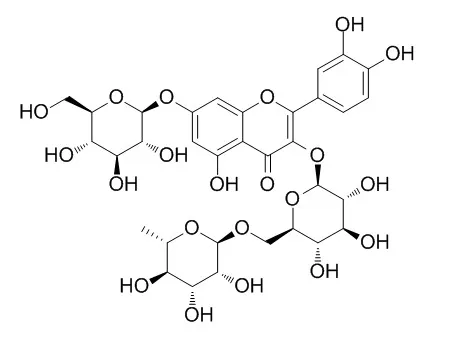

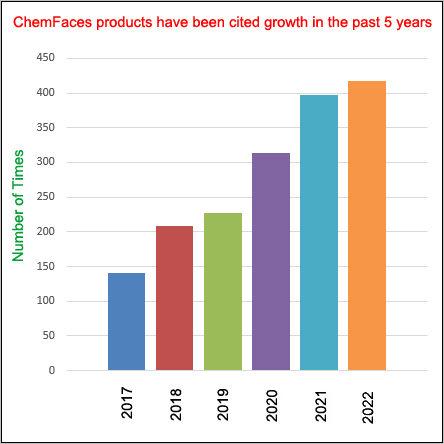
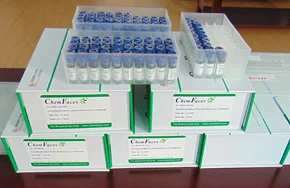
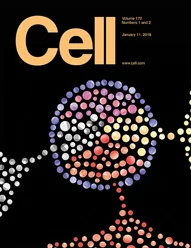 Cell. 2018 Jan 11;172(1-2):249-261.e12. doi: 10.1016/j.cell.2017.12.019.IF=36.216(2019)
Cell. 2018 Jan 11;172(1-2):249-261.e12. doi: 10.1016/j.cell.2017.12.019.IF=36.216(2019)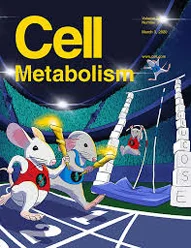 Cell Metab. 2020 Mar 3;31(3):534-548.e5. doi: 10.1016/j.cmet.2020.01.002.IF=22.415(2019)
Cell Metab. 2020 Mar 3;31(3):534-548.e5. doi: 10.1016/j.cmet.2020.01.002.IF=22.415(2019)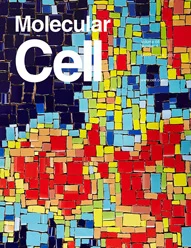 Mol Cell. 2017 Nov 16;68(4):673-685.e6. doi: 10.1016/j.molcel.2017.10.022.IF=14.548(2019)
Mol Cell. 2017 Nov 16;68(4):673-685.e6. doi: 10.1016/j.molcel.2017.10.022.IF=14.548(2019)